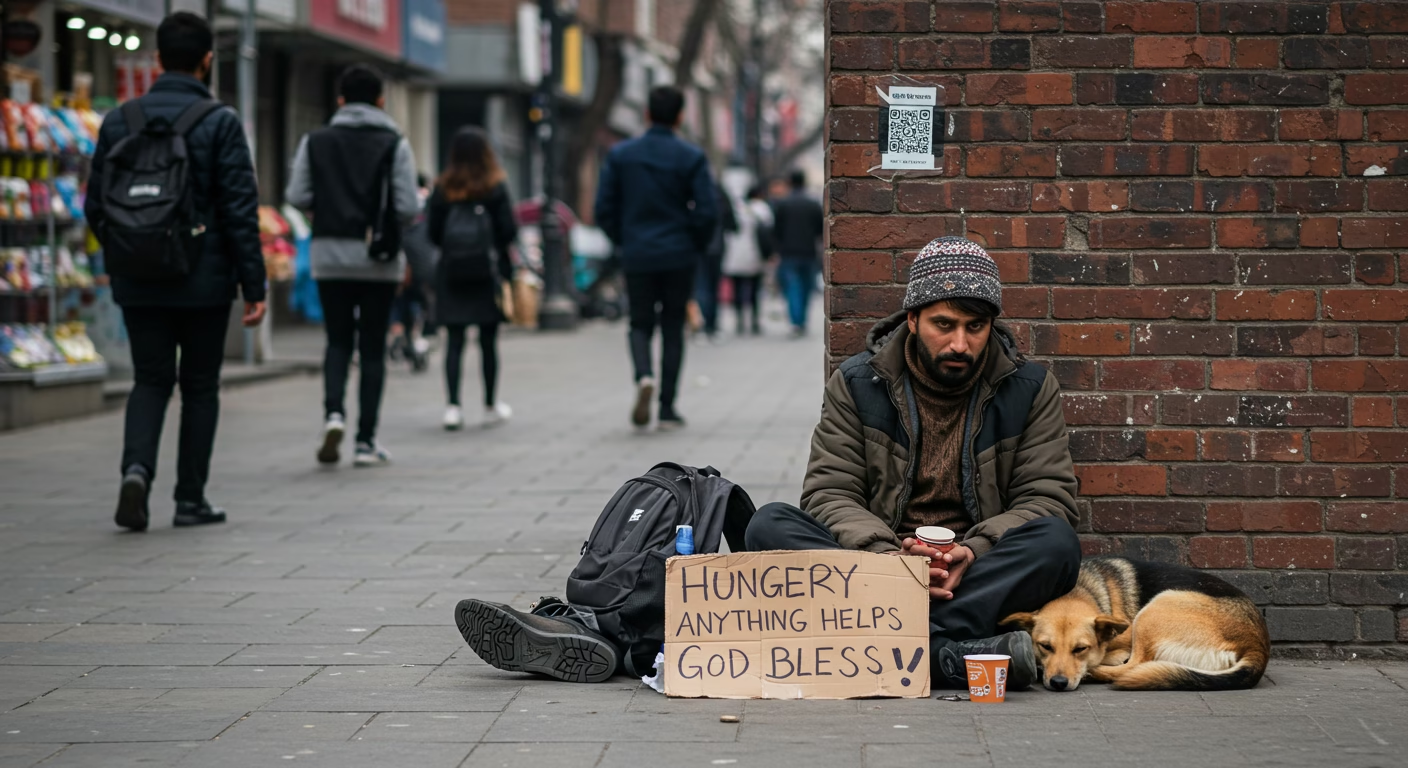Begging or Charity Modern Fundraising New Methods 2025
Begging: Definition and Context
Begging or Charity Modern Fundraising New Methods 2025. Begging is the act of requesting money, goods, or assistance from others, typically driven by immediate need or lack of resources. It often involves direct, personal appeals without an explicit exchange of goods or services. Historically associated with poverty, homelessness, or crisis, begging is generally informal and unstructured.
Modern Ways of Asking for Help
- Crowdfunding Platforms:
- Examples: GoFundMe, Kickstarter, Patreon.
- Use: Individuals create campaigns for medical expenses, education, or creative projects, leveraging storytelling and social sharing to attract donations.
- Social Media Solicitation:
- Methods: Viral posts, hashtags (#HelpNeeded), or direct appeals on platforms like Instagram, TikTok, or Twitter.
- Impact: Emotional narratives or videos can quickly reach global audiences.
- Digital Panhandling:
- Tools: Venmo, PayPal, Cash App.
- Tactics: Sharing payment handles publicly or via QR codes for instant transfers.
- Microtasking/Online Gig Work:
- Platforms: Fiverr, TaskRabbit.
- Nuance: While technically work-for-pay, some use these to solicit donations under the guise of services.
- Street Innovation:
- Examples: Artistic performances, “spare change” QR codes on signs, or selling low-cost items (e.g., water bottles) as a pretext for donations.
Is Charity a Form of Begging?

Key Differences
- Structure: Charity is organized (e.g., NGOs, food banks) and systemic, while begging is individual and ad hoc.
- Intent: Charities address long-term societal issues; begging meets immediate personal needs.
- Perception: Charity is socially sanctioned and tax-deductible, whereas begging is often stigmatized.
- Reciprocity: Charities may offer tax benefits or impact reports; begging lacks formal reciprocity.
Overlap: Both involve resource transfer, but charity institutionalizes giving, distancing it from the stigma of begging. When individuals solicit charity (e.g., crowdfunding), it blurs the line, yet societal norms often distinguish based on context and framing.
Contrasting Begging vs. Charity
| Begging | Charity |
| Individual, ad hoc | Organized, systemic |
| Immediate need (cup/sign) | Long-term solutions (food banks, grants) |
| Stigma (avoided eye contact) | Social approval (volunteer uniforms, logos) |
Effective Ways to Receive Charity
- Leverage Established Platforms:
- Use reputable crowdfunding sites with transparent goals (e.g., GoFundMe for emergencies).
- Engage NGOs and Social Services:
- Apply for grants, food banks, or housing programs through nonprofits or government agencies.
- Storytelling and Transparency:
- Clearly articulate needs, share updates, and demonstrate impact (e.g., photos, receipts).
- Community and Network Building:
- Mobilize local groups, religious organizations, or online communities for support.
- Partnerships with Charities:
- Collaborate with nonprofits for fundraising campaigns, ensuring credibility.
- Digital Literacy:
- Optimize social media outreach with SEO keywords, hashtags, and engaging content.
- Gratitude and Accountability:
- Acknowledge donors publicly, provide tax receipts (if possible), and report outcomes.

Conclusion
While begging and charity both involve seeking aid, they differ in structure, intent, and societal perception. Modern methods of solicitation blend technology and storytelling to broaden reach. Effective charity reception hinges on transparency, trust, and strategic engagement, contrasting with the immediacy of traditional begging. Understanding these nuances helps navigate ethical and practical dimensions of seeking help.
Read This Article The Rise of Cybercrime in the Digital Age

